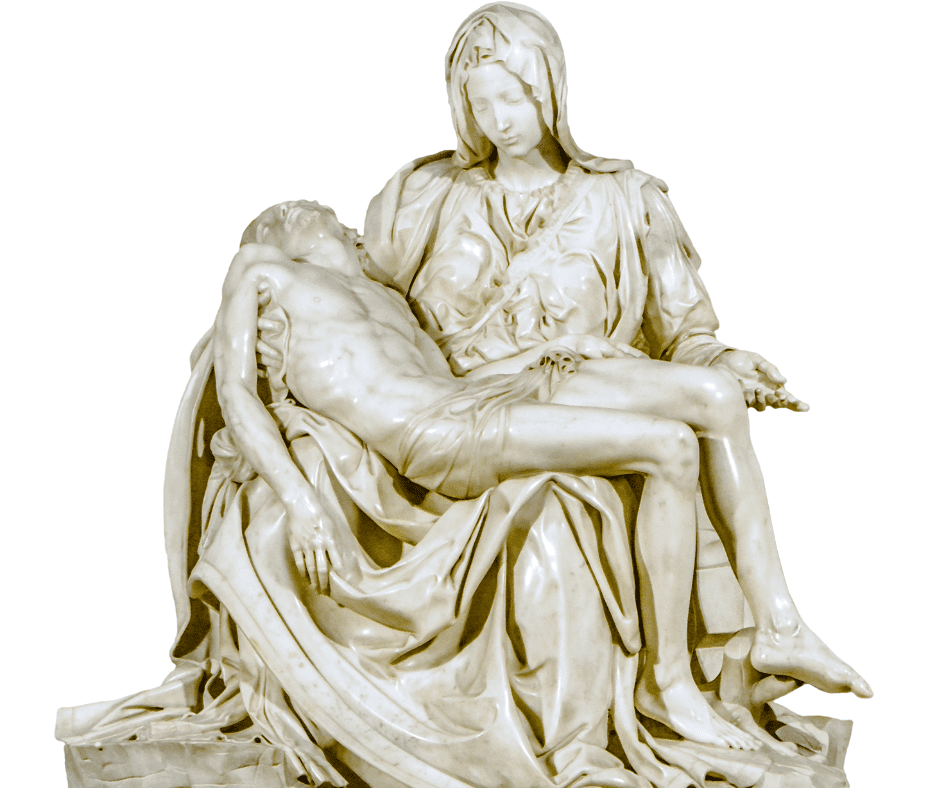
Last Wednesday was known as Ash Wednesday to Christians familiar with its rituals. Ashes are created by burning the palms used in the prior Sunday’s celebration of Jesus’s triumphant arrival in Jerusalem at the height of his acceptance in his own community. Words from Genesis are said as the ashes are placed in the sign of a cross on each person’s forehead, a reminder that “out of dust you were taken and to dust you will return.” Beginning with this ultimate reality that those who grieve know well, follows a season of 40 days of self-reflection and sacrifice known as lent. The name comes from an Anglo-Saxon term referring to the lengthening of the day as spring approaches, so it’s clear that such a season of ritual and practice pre-dates Christianity. Other world religions have similar periods of fasting and honoring of sorrow such as Yom Kippur in the Jewish tradition and Ramadan in the Muslim world.
A frequent announcement on social media “I’m giving up social media for Lent,” demonstrates a modern version of sacrificing something that may have become too frequent or obsessive to be good for us. Every “Fat Tuesday” (the day before lent that is Mardi Gras) my Aunt Doe ceremoniously smoked her last cigarette until Easter morning. Her hope was that after the 40 days of abstaining from smoking she would have kicked the habit, but that isn’t how it worked out. Each year she regaled us with her description of how awful that first cigarette tasted on Easter morning, and the ignorance she demonstrated, especially to herself every year when she kept smoking until that repugnant taste went away and the pleasure of smoking returned.
The Lenten season is more than abstaining from meat in the hope of discovering a new appetite for vegetarian alternatives or becoming a healthier person after losing weight due to Lenten fasting or strengthening one’s self- discipline by being able to say no to short term pleasures for longer term rewards. If any of that happens, and it might, it’s a bonus worth accepting, but not the heart of the season’s message.
Lent is an enactment of an eternal story, of hope and renewal after a period of pain and sorrow. It honors the historical Jesus who went into the desert for 40 days to fast and pray before entering his public life. That life led to his public execution on the cross at age 33. The art image that speaks most clearly to my grief as a mother who has lost adult children, is the Pieta, Michelangelo’s sculpture of Mary with the body of her dead son in her lap after he was taken down from the cross. At the time of my son’s death from AIDS that image came to me as an affirmation that I was not alone. What was happening to me has happened to mothers all over the world throughout history and continues to happen as the broken bodies of young sons are returned to their mothers after war and famine, earthquakes, fires, and floods have taken their lives.
Christians believe that the story does not end there, that there is the budding of new life on what appears to be a dead landscape. That after three days in the tomb, Jesus rose from the dead which is the religious and spiritual message of Easter. Though only 16% of Americans celebrate lent, seven in ten Americans celebrate Easter. Some do so with chocolate bunnies and easter egg hunts. Obviously, not everyone understands what those who become good at the art of grieving come to know–that without the pain of a Good Friday (a full acknowledgement of death) there can be no celebration of new life which is Easter.

